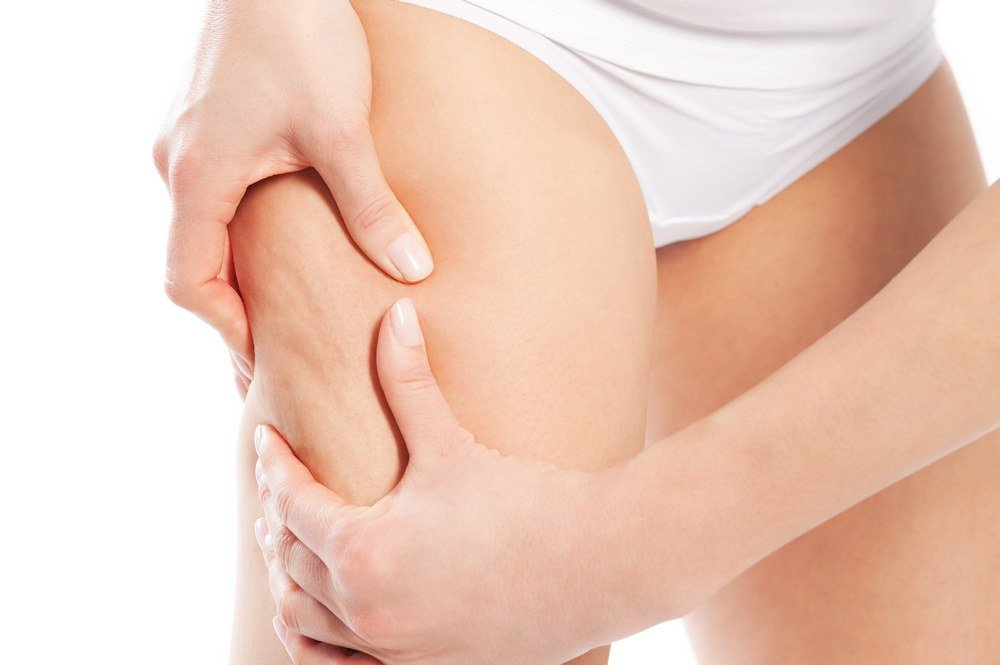Why is it specific to gender?

Approximately 85-90 percent of postpubescent women have cellulite, while only 10 percent of males do. This pattern of sexually associated behavior is explained by two characteristics:
The fat distribution pattern: By default, the female body is designed to store a great deal of fat in the breast and pelvic regions, which provide support during pregnancy and lactation. These adipose deposits function as reserves of calories to be used when necessary. Men tend to accumulate fat predominantly in the abdominal region.
The architecture of connective tissue: In addition to the fat distribution pattern, the connective tissue bands in females with cellulite are predominantly perpendicular to the epidermis, whereas in males they are predominantly angled at 45 degrees. This phenomenon is called structural dimorphism.
The thickness of the layer of subcutaneous fat: According to research, females have a denser layer of superficial fat than males.
The density of skin: A thick outer layer of epidermis prevents bulging and conceals any lobulated fat in males.
